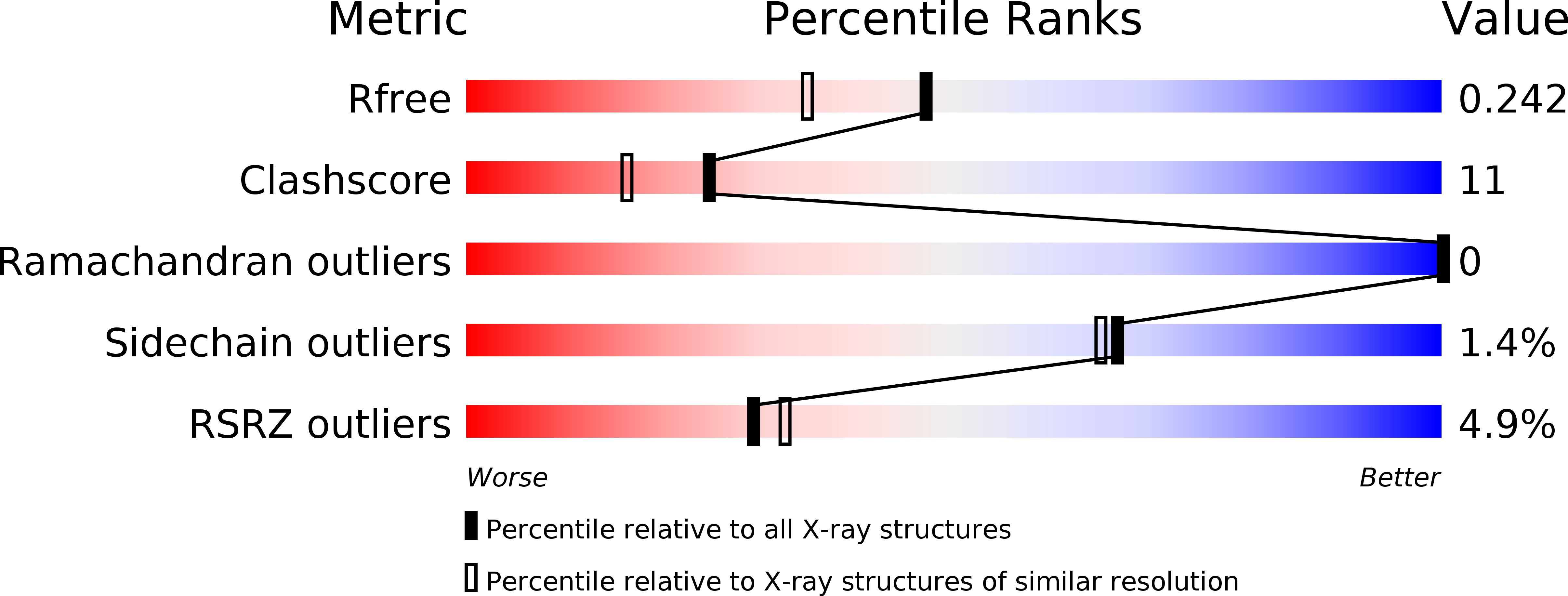
Deposition Date
2010-05-28
Release Date
2010-10-06
Last Version Date
2024-10-09
Entry Detail
PDB ID:
3N8B
Keywords:
Title:
Crystal Structure of Borrelia burgdorferi Pur-alpha
Biological Source:
Source Organism:
Borrelia burgdorferi (Taxon ID: 139)
Host Organism:
Method Details:
Experimental Method:
Resolution:
1.90 Å
R-Value Free:
0.23
R-Value Work:
0.18
R-Value Observed:
0.18
Space Group:
I 21 21 21


